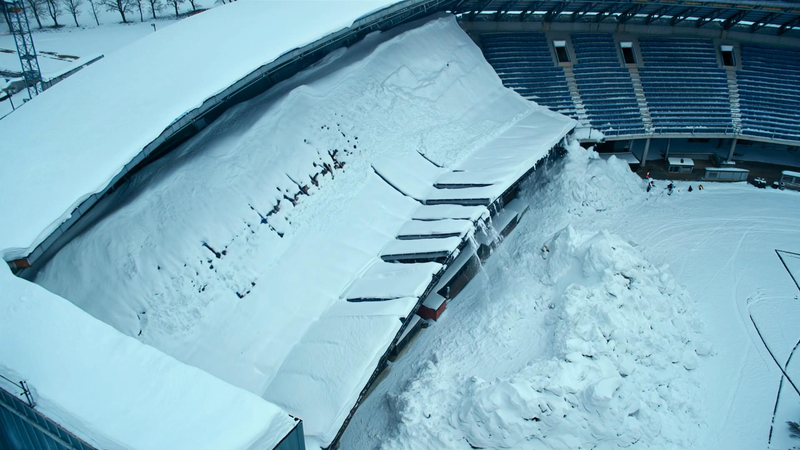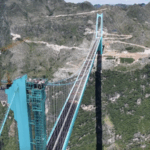In a groundbreaking move to address infrastructure safety, researchers at China's Harbin Institute of Technology have developed the world's first Simulator of Natural Action of Wind-Rain-Heat-Snow for Space Structure. This innovation comes as cities worldwide grapple with climate-related structural risks, particularly snow-induced roof collapses that endanger lives and economies.
The advanced system simulates complex weather interactions on large-span roofs through dynamic cycles of snow accumulation, drifting, melting, and crystallization. By replicating real-world conditions with unprecedented accuracy, engineers can now predict snow load distribution patterns – a critical factor in designing disaster-resilient buildings.
From Laboratories to City Skylines
Traditional construction methods often underestimate localized snow accumulation effects due to limited data. The new simulator's multi-factor analysis enables architects to account for regional climate variations, wind patterns, and thermal fluctuations simultaneously. Early applications show potential to revolutionize safety standards for stadiums, airports, and industrial facilities across Asia's rapidly urbanizing landscapes.
For business professionals and city planners, this technology promises reduced maintenance costs and improved investment security in cold-climate regions. Academics highlight its value in developing climate adaptation strategies as extreme weather events increase globally.
Reference(s):
China tackles building collapse risks with advanced weather simulator
cgtn.com







